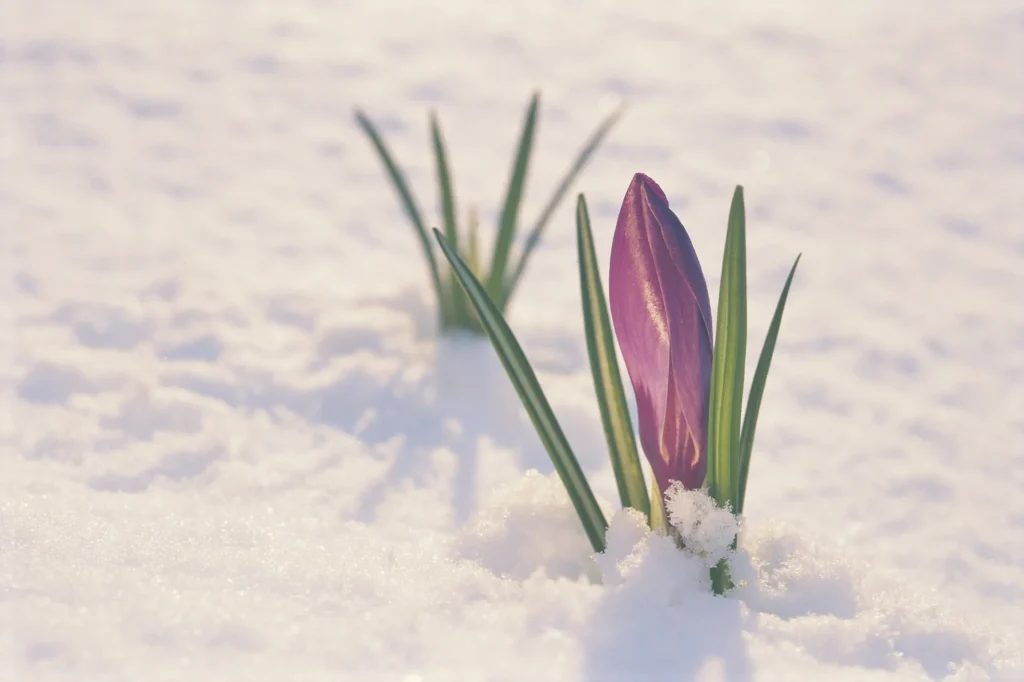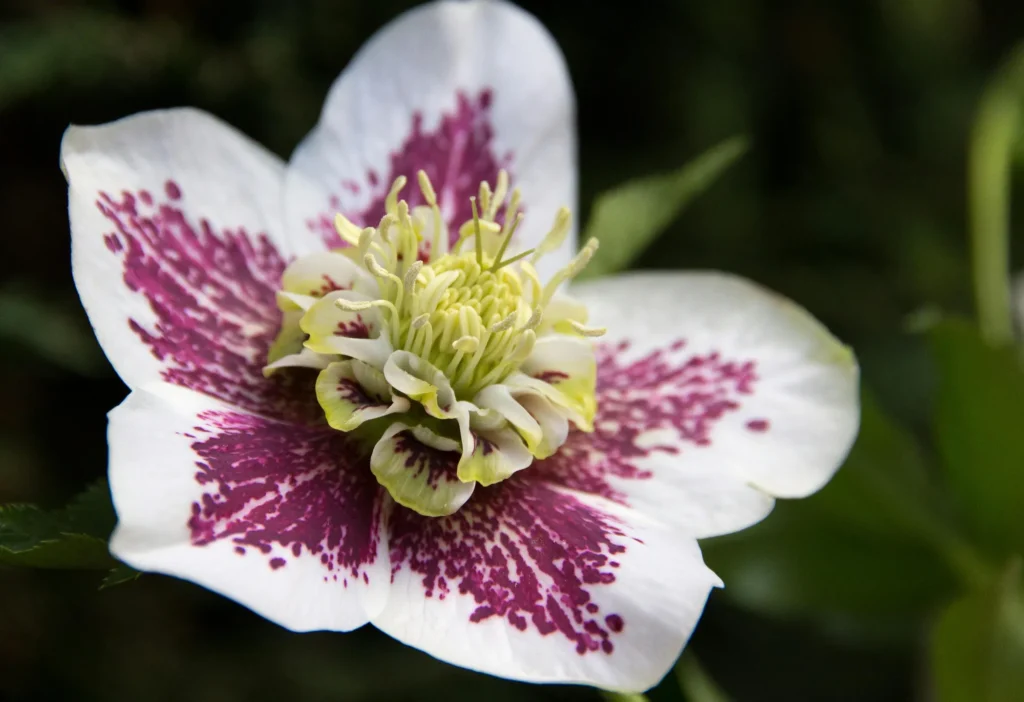Flowers in winter can completely transform a quiet, snowy yard into a vibrant and uplifting space. Despite the cold conditions, many hardy species are capable of blooming when temperatures drop, offering texture, fragrance, and brilliant color. Canadian gardeners appreciate these resilient plants because they bring life to the landscape when most vegetation is dormant. With the right choices and support from a trusted landscape supplies center, you can create a garden that stays beautiful even alongside routine snow removal needs. The contrast of flowers in winter with frozen surroundings makes the season feel far more inspiring.

Table of Contents
What Flowers Bloom in Winter?
Many hardy plants have evolved to bloom in the cold, making flowers in winter more common than most people realize. Snowdrops, hellebores, witch hazel, winter jasmine, and Japanese pieris stand out as top performers across Canadian zones. These plants push through frost, ice, and light snow, providing interest when other gardens remain bare. Their resistance to cold allows them to thrive despite frequent snow removal in walkways and garden paths. A reliable landscape supplies center can help you source bulbs and shrubs suited to your local climate so your garden stays colorful even in deep winter.
How Winter Blooms Adapt
Winter bloomers succeed because their structures are built for protection in freezing temperatures. Their sap includes natural antifreeze compounds that prevent internal ice crystals from forming, keeping petals and stems flexible in severe cold. Many plants also develop tightly wrapped buds that open only on milder days, helping them conserve energy. This allows flowers in winter to appear healthy and strong even when surrounded by snow. Their unique adaptations make them a fascinating part of cold-season gardening.
Do You Get Flowers in Winter?
Yes, you can absolutely enjoy flowers in winter, even in regions with heavy snowfall. Many Canadians plant cold-tolerant species in the fall so they can take root before the ground freezes. These flowers emerge at a time when natural color is scarce, making them especially impactful. They bring charm to entryways, borders, and woodland-style gardens. With proper planning and consistent snow removal, you can prevent damage to emerging blooms and keep pathways clear for maintenance. Stocking up at a landscape supplies center ensures you have mulch, soil, and protective materials ready for the season.
Winter Gardening Benefits
Creating winter-ready plantings supports early pollinators, boosts curb appeal, and encourages a four-season landscape that feels alive year-round. It also helps maintain visual structure in the garden when deciduous plants have lost their leaves. Many gardeners find that flowers in winter create a calming and uplifting environment during the coldest months.
Which Flowers Are Available in the Winter Season?
The selection of flowers in winter includes a long list of bulbs, shrubs, and perennials. Hellebores, crocuses, reticulated iris, winter aconite, camellias, and cyclamen all provide varied shapes and colors. Many shrubs, such as witch hazel and winterberry, add brightness through their blossoms or berries. These plants typically begin showing color from late January through early March, depending on your local zone. A dependable landscape supplies center can recommend specific cultivars proven to survive Canadian winters. Their durability makes them ideal companions for gardens where snow removal happens regularly throughout the season.
Planting Timing
Most winter bloomers should be planted in early fall to allow proper root development before the soil freezes. This establishment period increases their ability to survive harsh conditions and ensures stronger flowering. When planted early, flowers in winter appear more consistently and with richer color. Proper timing also helps protect the plants from frost damage during sudden temperature shifts.

